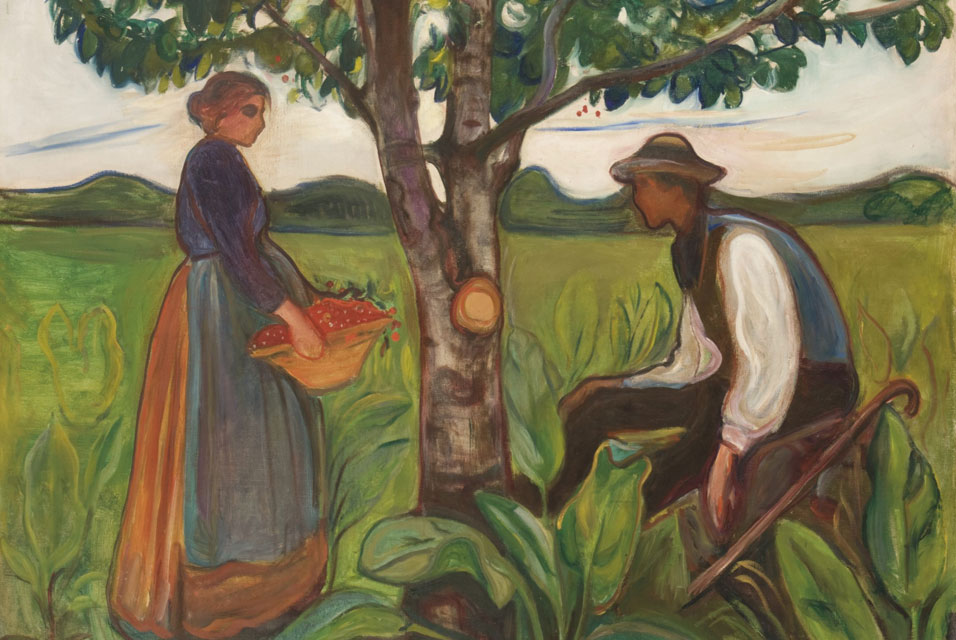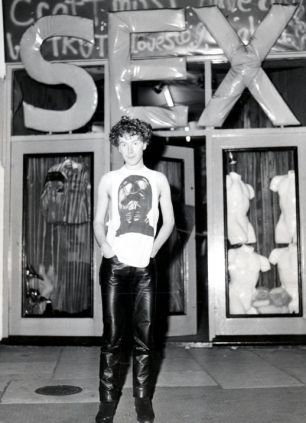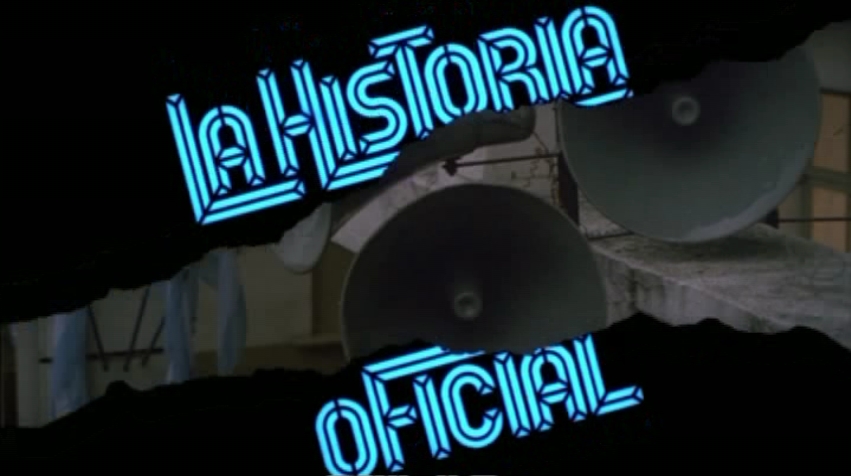
Sometimes a film does more than entertain. That’s the case with ‘La historia oficial,’ the Oscar-winning 1985 film by Argentine director Luis Puenzo. Filming began in 1983, during the last days of the military dictatorship in Argentina, but threats against Puenzo and his actors meant much of the filming was done in secret — with Puenzo’s own home playing the house of the film’s family. By the time the film was released in 1985, Argentina was just beginning to recover from almost a decade of dictators and national cinema was being rebuilt after years of harsh censorship.
The film explores the lasting effects of the Dirty War, which lasted from 1976-1983, and its 30,000 desaparecidos (“the disappeared”). It is the story of Alicia (Norma Aleandro), a high school history teacher with suspicions about the family of her adopted daughter. All the while, her husband knows the truth — that the young girl was stolen from a desaparecido, one of the political dissidents murdered by the military government. While Alicia searches to uncover the truth, she journeys through some of Buenos Aires’ most historic landmarks. See them after the jump…
In the clip above, Alicia watches a protest of the Mothers of the Plaza de Mayo in the Plaza de Mayo. To visit the plaza, head to the center of town, at the eastern end of Avenida de Mayo (between Hipólito Yrigoyen, Balcarce, Rivadavia and Bolívar streets). There you’ll find the city’s central square and the heart of its political life. In fact, come to the Plaza on a Thursday afternoon and you will still see the “madres,” the mothers of the desaparecidos, demonstrating. They’re easy to spot — look out for their signature — and symbolic, representing doves of peace — white scarves.
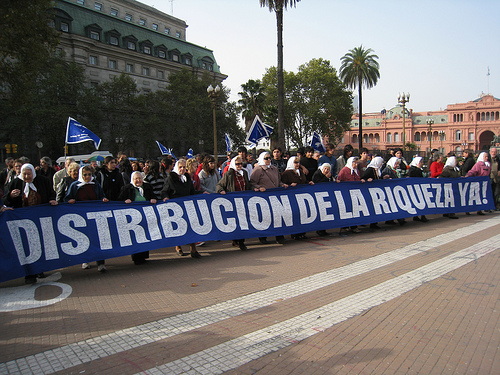
The Plaza is surrounded by major landmarks from throughout the history of the city, from the colonial-era Metropolitan Cathedral and Cabildo (Old City Hall) to the 19th-century Pirámide de Mayo and Casa Rosada (the “Pink House,” Argentina’s Presidential palace), and more modern government and office buildings.
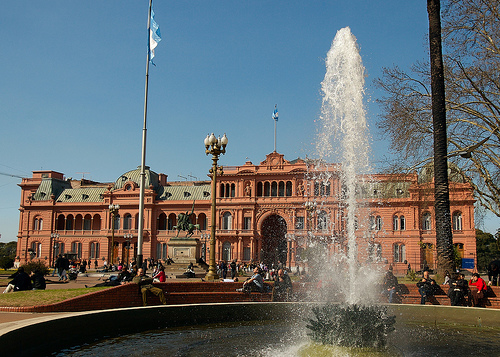
The Casa Rosada
To view a contrasting side of Buenos Aires, head to Cafe Richmond (468 Florida St.). A meeting place for the city’s elite since 1917, the posh restaurant is also the place in the film where Alicia dines with conservative friends, all of them supporter of the military. While you’re there, sample the cafe’s famously strong coffee over a game of chess in the cozy downstairs seating area. Try to get inspired; this is the same place where writer and poet Jorge Luis Borges jotted notes on napkins.
To find out more about New Argentine Cinema, pick up Museyon’s guide to Film+Travel, where Andrea Chignoli is your guide.
images: Madres by Alicia Nijdam/Flickr; Casa Rosada by longhorndave/Flickr
 MUSEYON BOOKS Smart City Guides for Travel, History, Art and Film Lovers
MUSEYON BOOKS Smart City Guides for Travel, History, Art and Film Lovers

